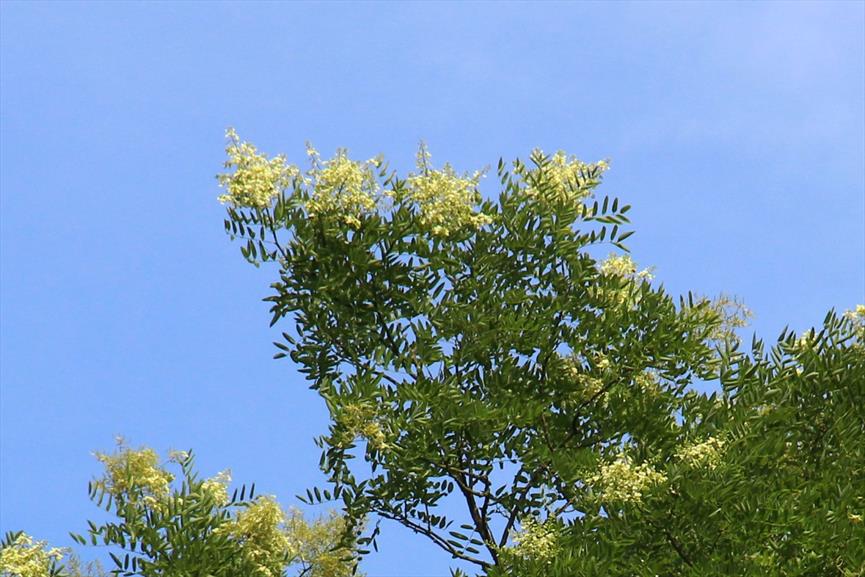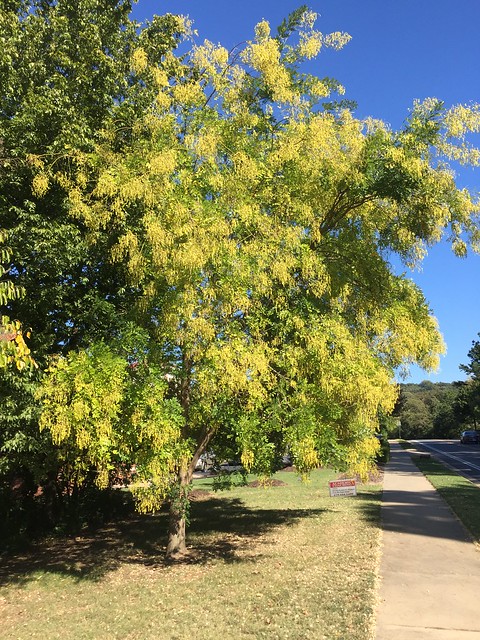japanese pagoda tree invasive
Grows best in moist fertile well-drained soil. In the United States the tree is by and large considered non-invasive.
It grows in full sun or part shade and is.

. Seed pods appear in the summertime which can cause serious litter on the ground. However it can grow quickly and may crowd out other plants. It is hardy to -25F 317C.
How fast does a Japanese pagoda tree grow. Is Pagoda flower invasive. Sophora japonica Where to Look.
Little needed to develop a strong structure. Medium to fast grower Compound medium green leaf creamy white bell shaped flower mid-summer bright green fruit pod. A clusters of creamy white-green fragrant flowers appear in summer.
Styphnolobium japonicum commonly called Japanese pagoda tree or Chinese scholar tree is native to China and Korea but not Japan. Styphnolobium japonicum L Schott previously. Japanese pagoda tree Styphnolobium japonicum is a Terrestrial species.
New Invaders of the Southeast. The domestication of. No special winter interest Outstanding tree.
Sophora japonica-- Scholar Tree Page 3 Other Figure 3. The pagoda flower isnt considered invasive or toxic. Trees do best in areas with full sun or partial shade and moderate amounts of water.
This map identifies those states that list this species on their invasive species list or law. This is a picturesque small tree with a graceful weeping shape stiff drooping branches which remain bare until late May. Atlantic and Gulf Coastal Plain AGCP.
It has become invasive in DC Maryland North Carolina Ohio Pennsylvania and Virginia. Styphnolobium japonicum commonly called Japanese pagoda tree or Chinese scholar tree is native to China and Korea but not Japan. Some listed trees are considered to be invasive species and should only be planted in locations where they are not likely to spread into native woodlands.
Mid-Atlantic Exotic Plant Management Team Invasive Plant List. It is generally cultivated for its attractive compound foliage and fragrant. Optimum conditions for growth.
Seedpods of japanese pagoda tree. Robert Vidéki Doronicum Kft. The Japanese pagoda tree is often grown as a shade tree in lawns or on patios however flowers and seedpods often leave stains on pavement.
It has become invasive in DC Maryland North Carolina Ohio Pennsylvania and Virginia. This species does not appear on any state or national invasive species lists. Is Japanese pagoda tree invasive.
Good tree for city conditions plant Princeton Upright or Regent varieties. The Pagoda tree is capable of growing in all soil types although it grows best in well drained loamy soils and in full sun conditions. It is a medium to large deciduous tree that typically matures to 50-75 less frequently to 100 tall with a broad rounded crown.
The Japanese pagoda tree is included in some significant Chinese legends and serves as a cultural and historical reference. See it on the map. Japanese Pagoda Japanese pagoda is a large deciduous tree native to China It is an upright forming a lacy canopy of dark green pinnate leaves.
Fruits make very slippery ground when they fall. This map identifies those states that list this species on their invasive species list or law. As the official tree of Beijing China it demonstrates the common theme of aesthetic beauty shared between East and West.
This page lists tree and large shrub species native to New York City as well as cultivated invasive. Additionally ingesting parts of any plant may cause mild stomach discomfort. Mid-Atlantic Coastal Plain regions.
East Experiment Station East side. Japanese pagoda tree Styphnolobium japonicum L Schott. Surface roots are usually not a problem Winter interest.
Can be somewhat difficult to train into a central leader. Robert Vidéki Doronicum Kft. Foliage of Scholar Tree.
Little if any potential at this time Ozone sensitivity. Is Japanese pagoda tree invasive. Tree has outstanding ornamental features and could be planted more Invasive potential.
For over two centuries this tree was given the name Sophora japonica but the four species were removed from that genus because they lacked the ability to fix nitrogen as do other species of Sophora. This species is native to eastern Asia China and Korea but has been introduced as an ornamental in North America Japan Europe North America and South Africa. Invasive Plant Atlas of the United States.
Japanese Pagoda Tree Wild Sassafras Orn. National Park Service National Capital Region Exotic Plant Management Team Invasive Plant List. About 25cm per year The Japanese Pagoda Tree grows to a height of up to 6m with a spread of 6m and has a moderate growth rate of about 25cm per year.
Japanese Pagoda Heritage Tree. It is resistant to pests drought and pollution.

Sophora Japonica Pendula Shade Trees Fast Growing Shade Trees Garden Trees

Weeping Japanese Pagoda Tree Stock Photo Image Of Botany Japanese 179370186

Pin By Danica Newell On Plant Life Tree Seeds Japanese Pagoda Tree

Japanese Pagoda Tree Styphnolobium Japonicum Fabales Fabaceae 5396099
Japanese Pagoda Tree Becoming Popular In U S Cities What Grows There Hugh Conlon Horticulturalist Professor Lecturer And Gardener

Styphnolobium Japonicum Pagoda Tree Buy Seeds At Rarepalmseeds Com
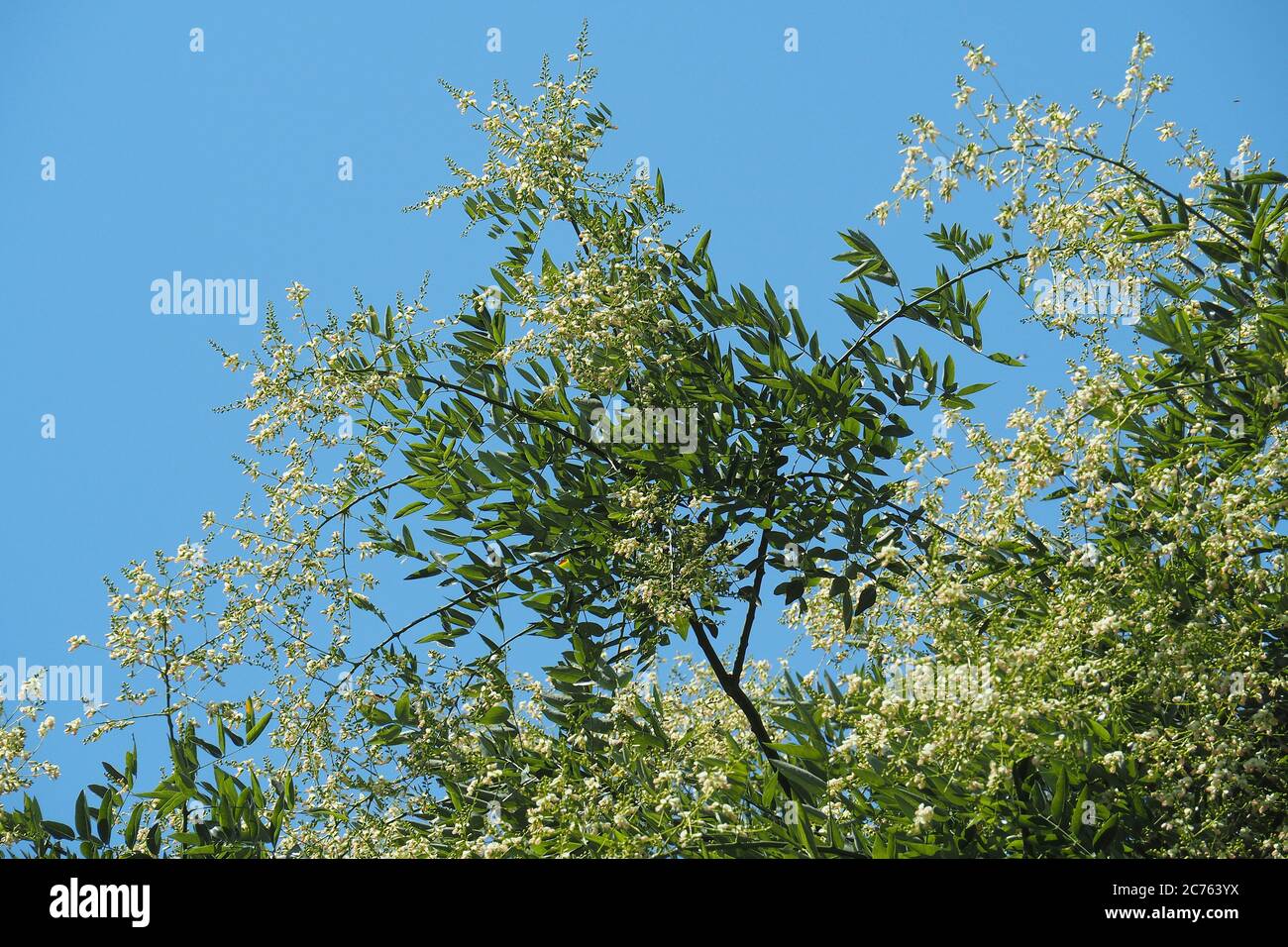
Japanese Pagoda Tree Japanischer Schnurbaum Styphnolobium Japonicum Sophora Japonica Kozonseges Pagodafa Japanakac Stock Photo Alamy

Japanese Pagoda Tree News From Rockcliff Farm
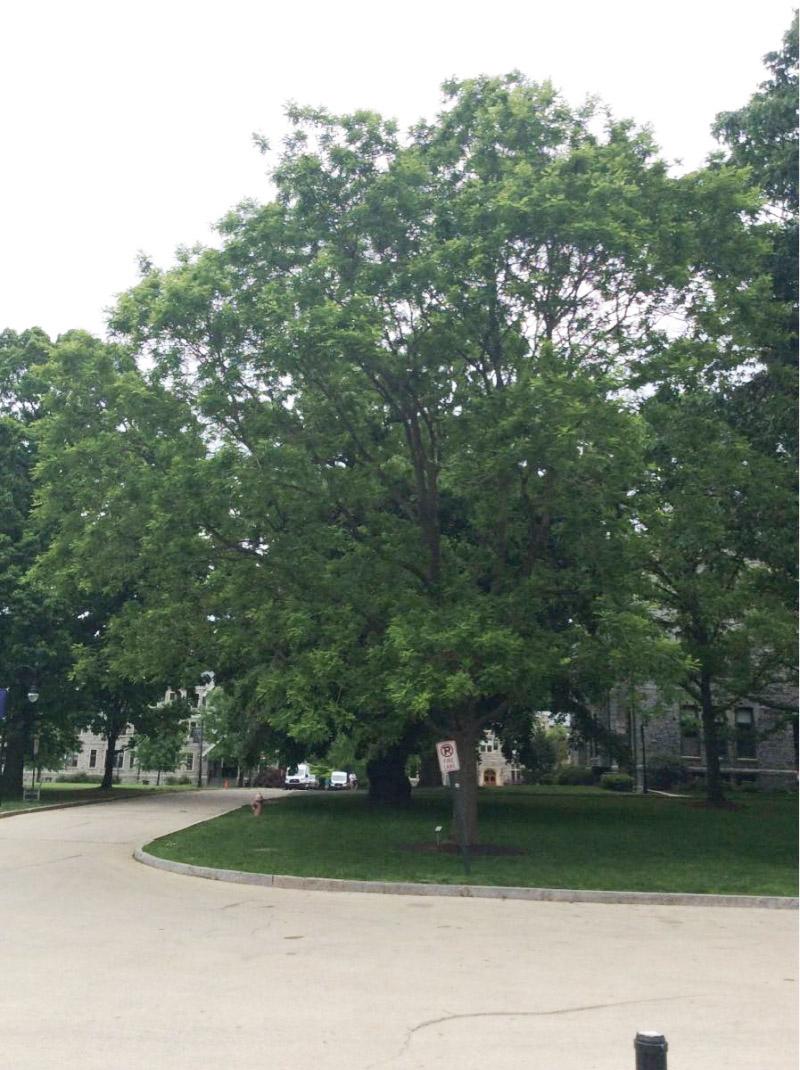
Japanese Pagoda Tree Styphnolobium Japonicum Bryn Mawr College

Styphnolobium Japonicum Chinese Scholar Tree Japanese Pagoda Japanese Pagoda Tree Scholar Tree North Carolina Extension Gardener Plant Toolbox
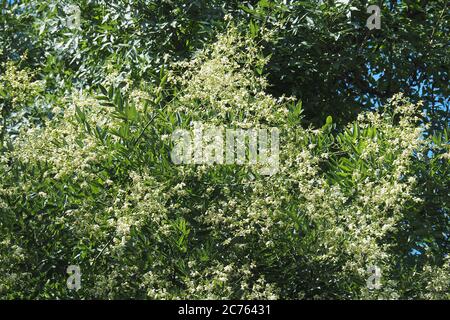
Japanese Pagoda Tree Japanischer Schnurbaum Styphnolobium Japonicum Sophora Japonica Kozonseges Pagodafa Japanakac Hungary Magyarorszag Europe Stock Photo Alamy
Monticello Park Plants Japanese Pagoda Tree

Japanese Pagoda Tree Styphnolobium Japonicum

Japanese Pagoda Tree News From Rockcliff Farm
Japanese Pagoda Tree Becoming Popular In U S Cities What Grows There Hugh Conlon Horticulturalist Professor Lecturer And Gardener
A Japanese Pagoda Tree Sophora Japonica L Planted In A Roadside Download Scientific Diagram

Japanese Pagoda Tree Styphnolobium Japonicum Fabales Fabaceae 5539402
